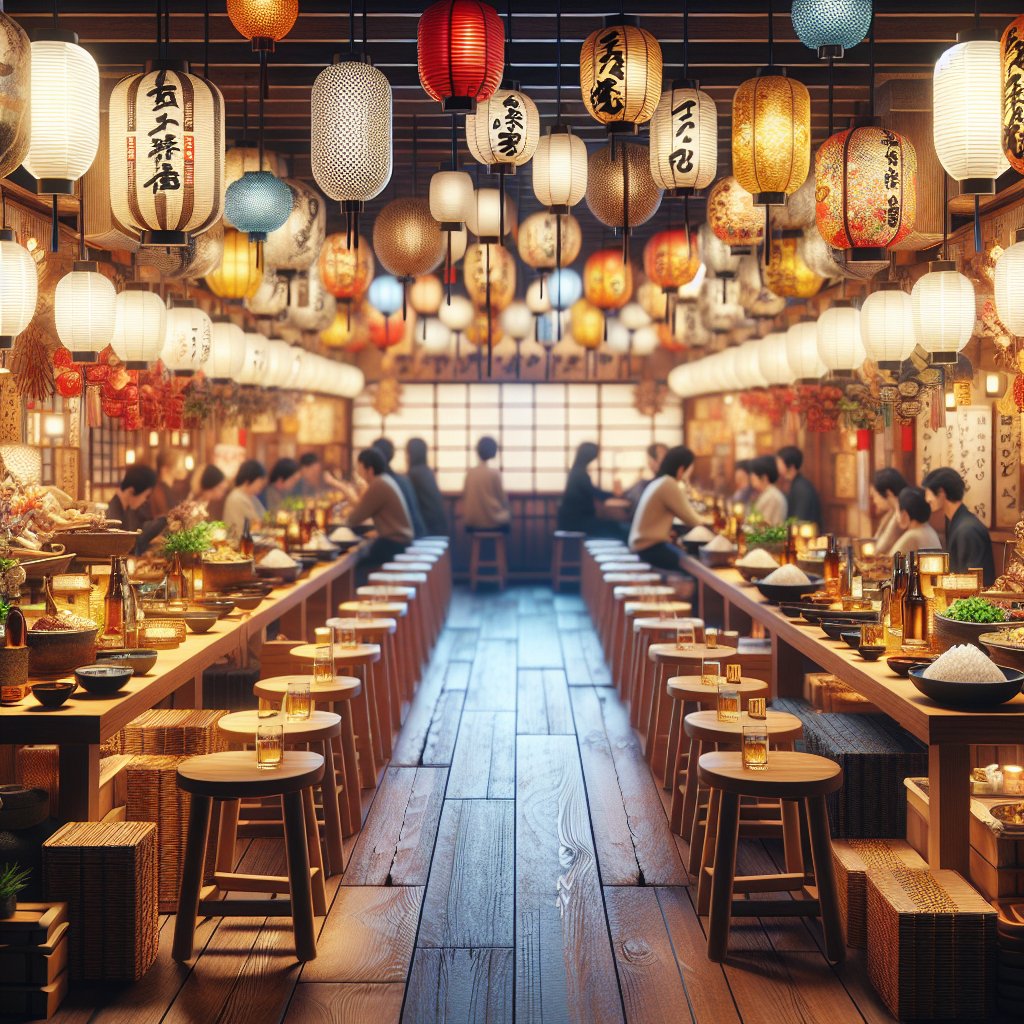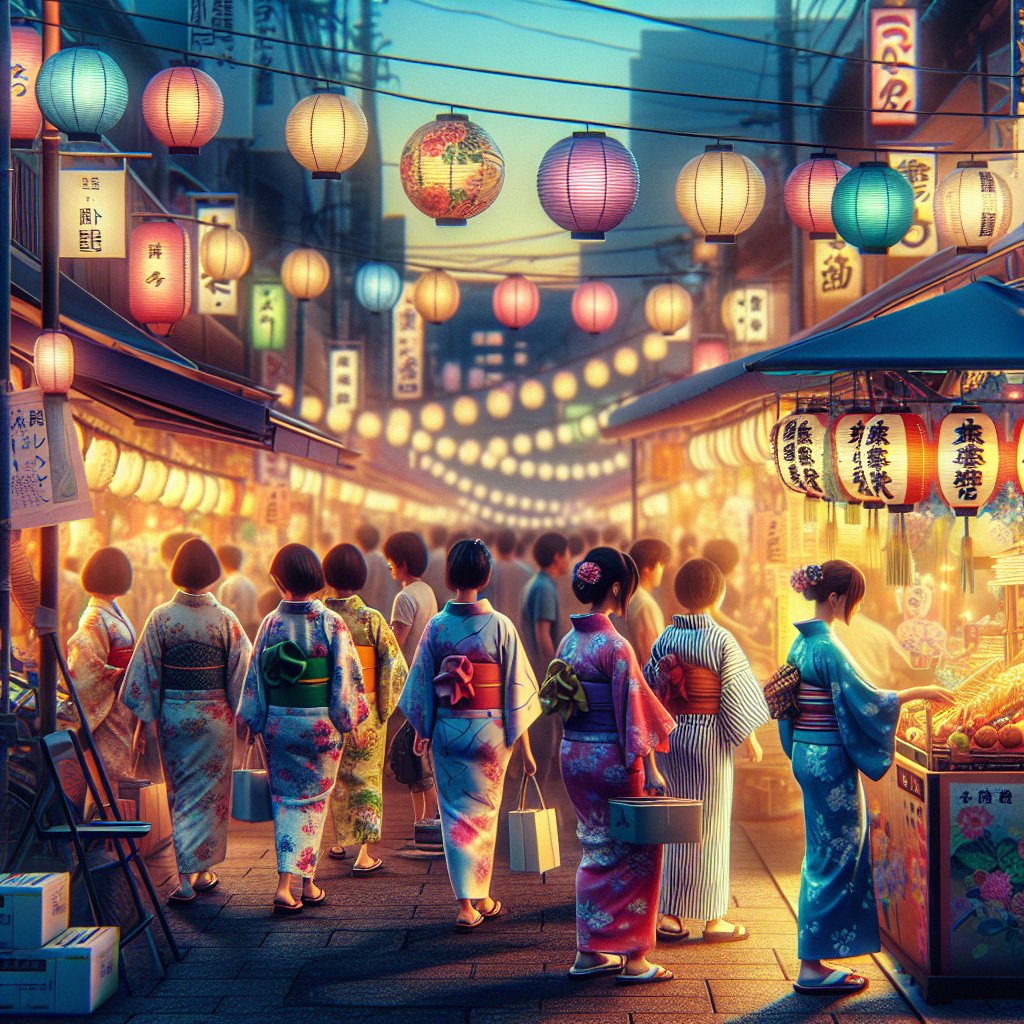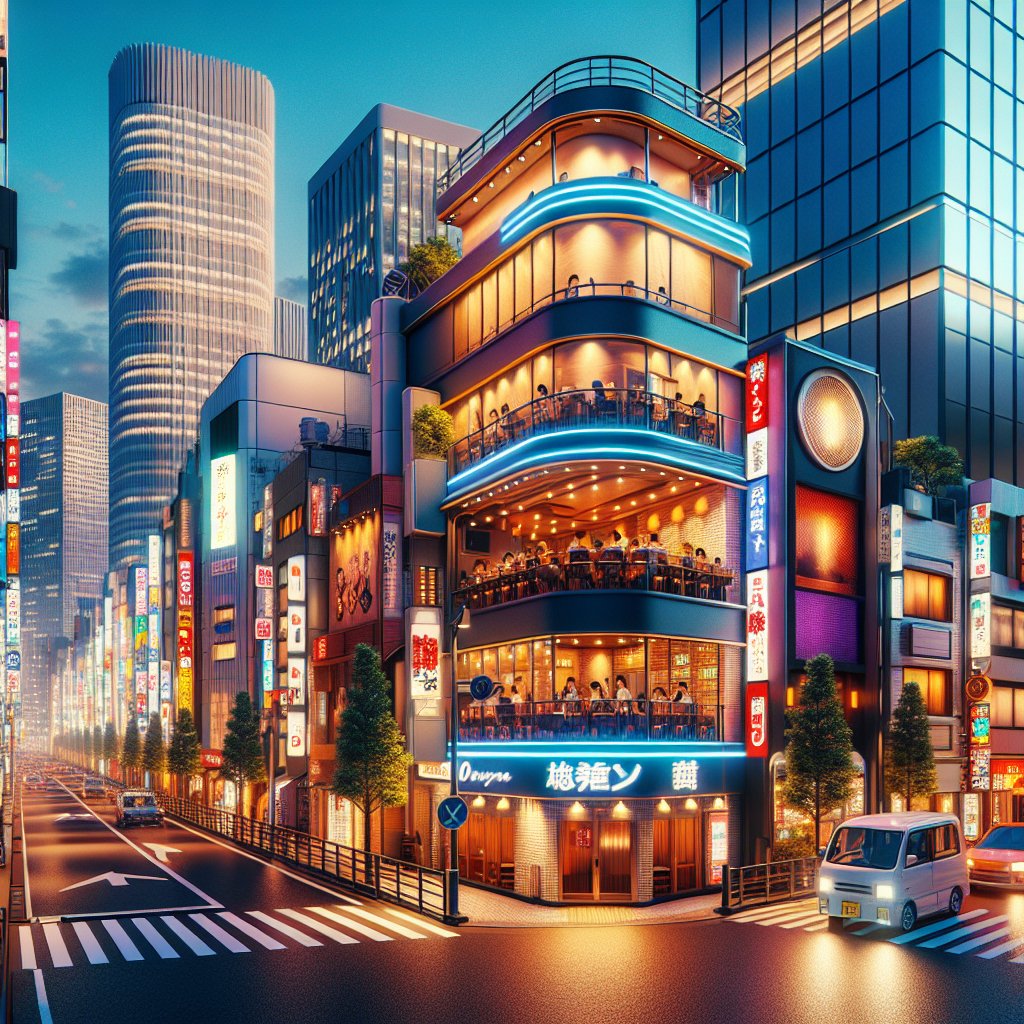Harajuku, a vibrant district in Tokyo, Japan, is renowned worldwide for its eclectic and avant-garde fashion scene. This bustling area has become a mecca for fashion enthusiasts, offering a unique blend of traditional Japanese styles and cutting-edge trends. In this article, we will explore the dynamic fashion landscape of Harajuku, delving into its history, the subcultures that thrive there, and the influence it has on global fashion trends.
The Evolution of Harajuku Fashion
Harajuku’s fashion scene has evolved significantly over the decades, transforming from a post-war shopping district into a global fashion hub. The roots of Harajuku’s unique style can be traced back to the 1960s, when the area began to attract young people seeking to express themselves through fashion. This era marked the beginning of Harajuku’s reputation as a place where creativity and individuality were celebrated.
In the 1980s, Harajuku gained international attention with the rise of the “Takenoko-zoku” dance groups, who would gather in the streets wearing colorful and flamboyant outfits. This period also saw the emergence of “Kawaii” culture, characterized by cute and playful fashion elements that have since become synonymous with Japanese pop culture.
The 1990s and early 2000s witnessed the rise of various subcultures, such as “Gyaru,” “Lolita,” and “Visual Kei,” each with its own distinct style and aesthetic. These subcultures contributed to Harajuku’s reputation as a melting pot of fashion innovation, where boundaries were pushed, and new trends were born.
Subcultures and Styles
Harajuku is home to a myriad of subcultures, each with its own unique style and philosophy. These subcultures often overlap and influence one another, creating a dynamic and ever-evolving fashion landscape.
Gyaru
The “Gyaru” subculture emerged in the 1990s and is characterized by its bold and glamorous style. Gyaru fashion often features tanned skin, dramatic makeup, and elaborate hairstyles. The style is heavily influenced by Western fashion trends, with a focus on individuality and self-expression.
Lolita
“Lolita” fashion is inspired by Victorian and Rococo styles, featuring frilly dresses, lace, and elaborate accessories. This subculture emphasizes modesty and femininity, with a focus on creating a doll-like appearance. Lolita fashion has several substyles, including “Gothic Lolita,” “Sweet Lolita,” and “Classic Lolita,” each with its own distinct aesthetic.
Visual Kei
“Visual Kei” is a music-driven subculture that combines elements of punk, glam rock, and gothic fashion. Visual Kei artists are known for their theatrical performances and androgynous appearances, often featuring elaborate costumes, makeup, and hairstyles. This subculture has had a significant impact on both the music and fashion scenes in Japan and beyond.
Harajuku’s Influence on Global Fashion
Harajuku’s fashion scene has had a profound impact on global fashion trends, inspiring designers and fashion enthusiasts around the world. The district’s emphasis on creativity and individuality has resonated with people seeking to break free from conventional fashion norms.
International designers often draw inspiration from Harajuku’s eclectic styles, incorporating elements of Japanese street fashion into their collections. The district’s influence can be seen in the rise of “streetwear” culture, which has become a dominant force in the fashion industry.
Moreover, Harajuku has become a popular destination for fashion influencers and bloggers, who flock to the area to capture its vibrant street style and share it with their global audiences. This exposure has further cemented Harajuku’s status as a fashion capital, attracting tourists and fashion enthusiasts from all corners of the globe.
The Future of Harajuku Fashion
As Harajuku continues to evolve, its fashion scene remains a testament to the power of creativity and self-expression. The district’s ability to adapt and innovate ensures that it will remain at the forefront of global fashion trends for years to come.
With the rise of digital platforms and social media, Harajuku’s influence is likely to grow even further, reaching new audiences and inspiring the next generation of fashion enthusiasts. As the world becomes more interconnected, Harajuku’s unique blend of tradition and innovation will continue to captivate and inspire, solidifying its place as a beacon of fashion creativity.
In conclusion, Harajuku’s fashion scene is a vibrant and dynamic tapestry of styles and subcultures, each contributing to the district’s unique identity. From its humble beginnings to its current status as a global fashion icon, Harajuku remains a testament to the power of individuality and self-expression in the world of fashion.












